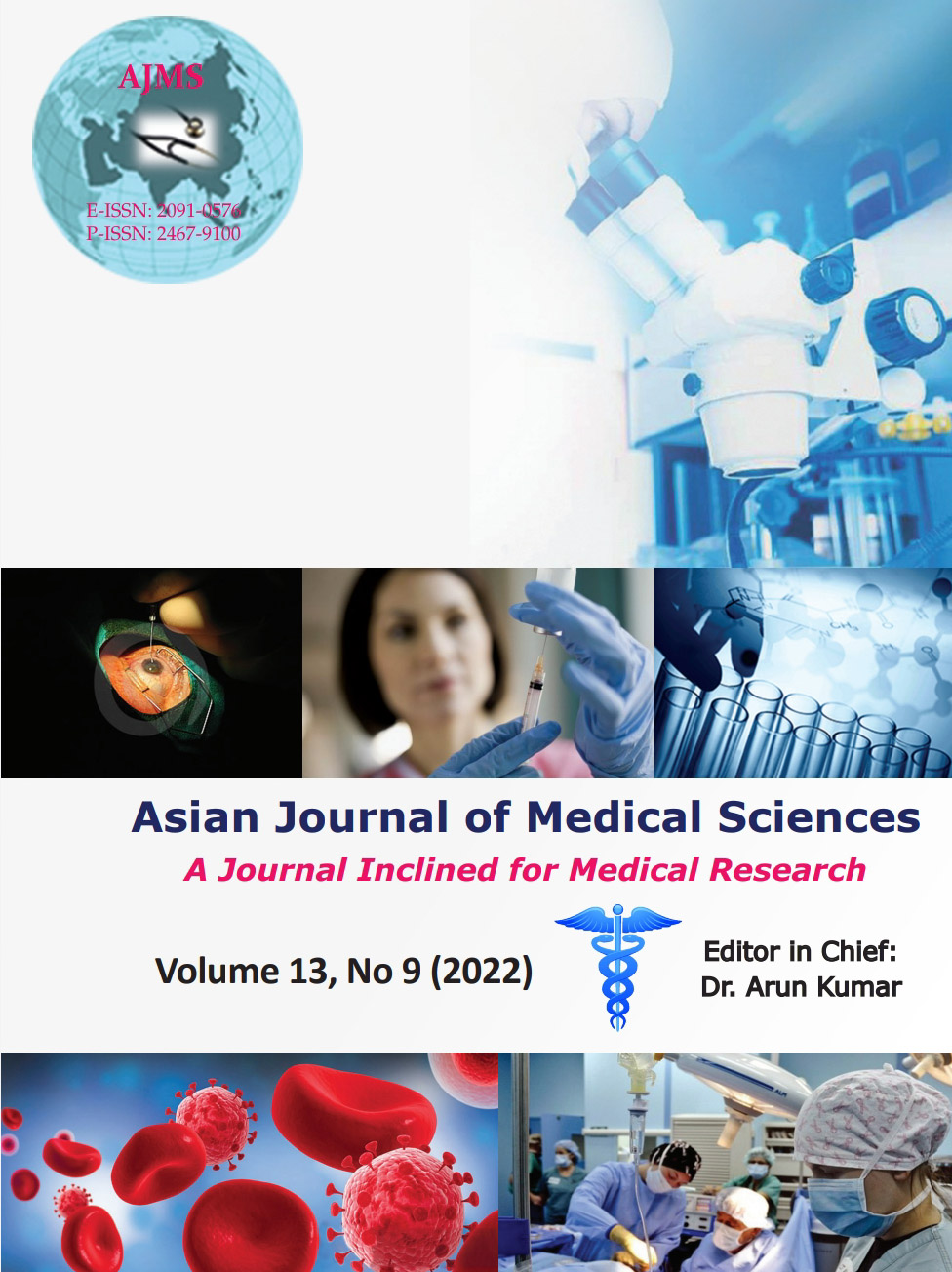Study of metabolic syndrome in patients of Vitiligo: A single-center observational study
Keywords:
Advancing age; Central India; Metabolic syndrome; NCEP ATP III criteria; VitiligoAbstract
Background: Metabolic syndrome (MetS) has been observed in patients with vitiligo. Literature suggests that there is some link between vitiligo and MetS. Autoimmunity, oxidative stress, and decreased number of melanocytes are involved in its pathogenesis.
Aims and Objectives: This study aimed to assess MetS in patients of vitiligo, its association with different types of vitiligo, age of patients, and duration of vitiligo.
Materials and Methods: We enrolled 62 vitiligo patients who met inclusion criteria in this cross-sectional study from August 1, 2020 to July 31, 2021. Detailed history, physical examination, and blood investigations were done in all patients and NCEP ATP III criteria were used for diagnosis of MetS.
Results: Mean age of participants was 35.98±15.48 years; M: F: was 1:2.3. MetS was observed in 12.9% vitiligo patients. Advancing age and non-segmental vitiligo were significantly associated with MetS (P<0.05).
Conclusion: Vitiligo is a condition which may affect individual at any age and carries risk of developing MetS in the future. In our study, MetS is observed in 12.9% patients with vitiligo. Early identification of MetS and appropriate management of such patients may help in reducing cardiovascular morbidity and mortality. Further prospective studies required to establish relation between vitiligo and MetS.
Downloads
Downloads
Published
How to Cite
Issue
Section
License
Copyright (c) 2022 Asian Journal of Medical Sciences

This work is licensed under a Creative Commons Attribution-NonCommercial 4.0 International License.
Authors who publish with this journal agree to the following terms:
- The journal holds copyright and publishes the work under a Creative Commons CC-BY-NC license that permits use, distribution and reprduction in any medium, provided the original work is properly cited and is not used for commercial purposes. The journal should be recognised as the original publisher of this work.
- Authors are able to enter into separate, additional contractual arrangements for the non-exclusive distribution of the journal's published version of the work (e.g., post it to an institutional repository or publish it in a book), with an acknowledgement of its initial publication in this journal.
- Authors are permitted and encouraged to post their work online (e.g., in institutional repositories or on their website) prior to and during the submission process, as it can lead to productive exchanges, as well as earlier and greater citation of published work (See The Effect of Open Access).




